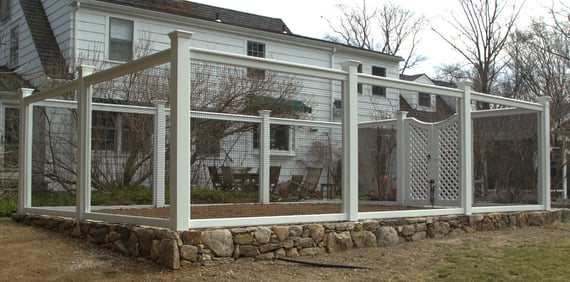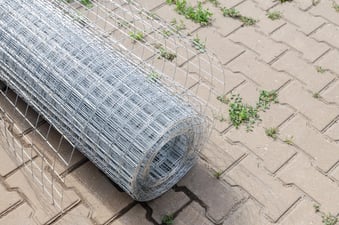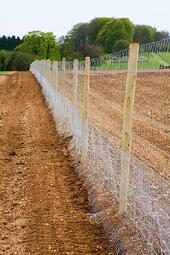Protecting people from lava flows and from themselves.
There are some fencing products on their way to Hawaii. It seems some physical barriers are required to offset the lava-play aficionados and looky-loos that are putting themselves at peril. For us at home, observing the mesmerizing lava flows from your screen of choice is a popular pastime, quite understandably. However, far from these screens is the tough job of predicting the actions of people who are curious or foolhardy enough to want to get close to the volcanic activity. Louis Page has been called in to assist with the fence and mesh needed to curb these adventurous and possibly harebrained scofflaws. Remember that vinyl coated high tensile wire is the fence of choice for longevity and strength.
Over-reacting? Nope.
The dangers are numerous:
- Those fascinating sea water explosions of boiling water and steam require onlookers to be at least a 1/4 of a mile away for safety. That steam is not just water vapor!
- Methane gas is created when vegetation is inundated without oxygen, exploding up to 100 yards ahead of the lava flow.
- The flows emit fumes that contain glass particles, sulfuric acid, and hydrochloric acid--no walking or standing in these toxic clouds.
- And some folks are enticed onto the new land created by the lava hitting the ocean--called benches--which are very unstable and prone to collapse.
Tourists and Hawaiian residents, observing bursts of gas and flame from the streams of lava, are being arrested for walking on hardened igneous rock and trespassing citations are handed out as people avoid barricades to take pictures, being caught going through areas with toxic gases.
The Phenomenon of Pele's Hair
And if the above list wasn't enough, there are the fine flaxen tresses of Pele. Named for the Hawaiian goddess of volcanoes, droplets of cooling lava are stretched up to six feet in the wind and should not be touched as it is actually volcanic fiberglass that can be very sharp and penetrate the skin. Here is a quick video to illustrate this phenomenon:
Fines
Entering certain zones bring a $5000 penalty and a year in jail. These reflect fines and punishments increased recently by the Department of Land and Natural Resources.
Is there a type of fence that you need to manage or direct pedestrians? Louis Page can assist you in finding just the right fence for your situation.

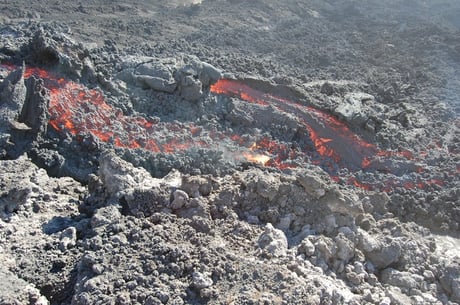

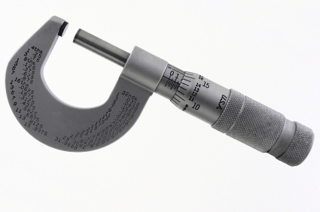


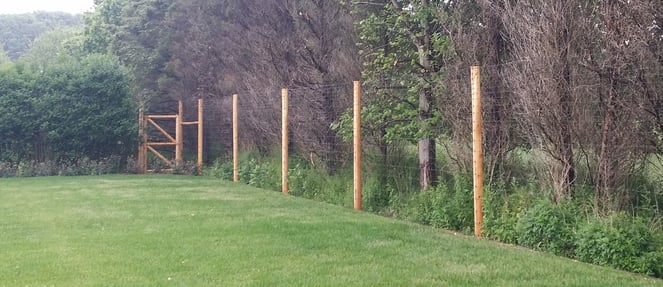
.jpeg?width=350&name=AdobeStock_207045510%20(1).jpeg)
